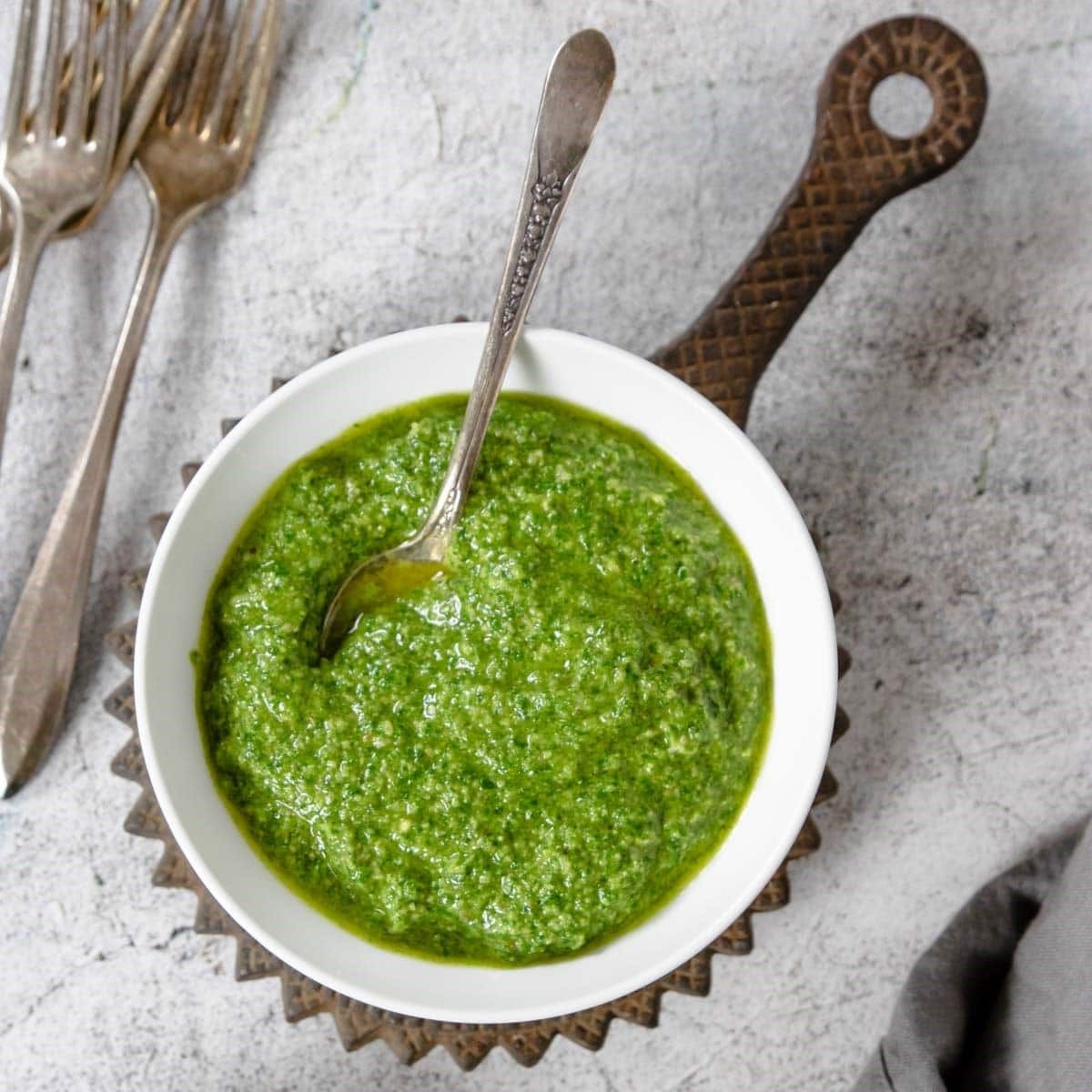

Articles
How To Store Basil Pesto
Modified: February 24, 2024
Learn the best way to store basil pesto for longer shelf life and fantastic flavor in this informative article. Discover tips and tricks to keep your homemade pesto fresh and vibrant.
(Many of the links in this article redirect to a specific reviewed product. Your purchase of these products through affiliate links helps to generate commission for Storables.com, at no extra cost. Learn more)
Introduction
Basil pesto is a flavorful and versatile sauce that is made from fresh basil leaves, garlic, pine nuts, Parmesan cheese, and olive oil. It is a popular accompaniment to pasta dishes, but it can also be used as a spread, a dip, or a marinade. The vibrant green color and fragrant aroma of basil pesto make it a favorite among food enthusiasts.
If you have an abundance of fresh basil from your garden or you’ve purchased a large bunch from the store, you may be wondering how to store basil pesto to keep it fresh for longer. The good news is that basil pesto can be easily stored and enjoyed throughout the year, allowing you to savor the taste of summer even during the colder months.
In this article, we will guide you through the process of storing basil pesto, from harvesting the basil leaves to properly preserving the pesto for future use. We will also provide tips on how to use the stored pesto in various dishes, so you can get the most out of your homemade basil pesto.
Key Takeaways:
- Preserve the vibrant flavors of summer by storing homemade basil pesto properly. Follow simple steps to harvest, blend, and store for year-round culinary enjoyment. Embrace the versatility of basil pesto in various dishes!
- Extend the shelf life of basil pesto by using airtight containers and refrigeration. Enjoy its rich taste in pasta, sandwiches, salads, marinades, and more. Get creative in the kitchen and savor the aromatic combination of fresh basil, garlic, pine nuts, Parmesan cheese, and olive oil!
Read more: How To Store Pesto
Ingredients
To make and store basil pesto, you will need the following ingredients:
- Fresh Basil Leaves: Use about 2 cups of packed basil leaves. Make sure to choose fresh and vibrant leaves for the best flavor.
- Garlic: Use 2-3 cloves of garlic, depending on your preference. Garlic adds a rich and savory taste to the pesto.
- Pine Nuts: Include ¼ cup of pine nuts to add a nutty and creamy texture to the pesto. You can also substitute with other nuts like walnuts or almonds.
- Parmesan Cheese: Grate ½ cup of Parmesan cheese to give the pesto a tangy and salty taste. Use high-quality Parmesan for the best results.
- Olive Oil: Use ½ cup of extra-virgin olive oil to bind the ingredients together and create a smooth consistency.
- Salt and Pepper: Add a pinch of salt and pepper to enhance the flavors of the pesto.
These are the basic ingredients needed to make a traditional basil pesto. However, feel free to experiment and add your own twist to the recipe by incorporating other ingredients like lemon zest, sun-dried tomatoes, or different herbs.
Step 1: Harvesting the Basil
The first step in storing basil pesto is to harvest fresh basil leaves. If you have a basil plant in your garden, this is the perfect opportunity to put it to use. Follow these steps to harvest the basil leaves properly:
- Choose the right time: The ideal time to harvest basil leaves is in the morning, after the dew has dried but before the heat of the day. This is when the flavor and aroma of the leaves are at their peak.
- Select mature leaves: Look for mature leaves that are fully developed and have a vibrant green color. Avoid harvesting young leaves as they may not have developed enough flavor.
- Use clean hands or scissors: To harvest the basil leaves, you can either gently pluck them off the stem using your fingers or use clean scissors or gardening shears to cut them.
- Harvest from the top: Start harvesting from the top of the plant, working your way down to encourage new growth. Leave a few sets of leaves on each stem to support the growth of the plant.
- Avoid cutting the stem: When harvesting, be careful not to cut the main stem of the basil plant. This will allow the plant to continue producing more leaves for future harvests.
Remember to harvest only the amount of basil leaves you need for your pesto recipe. Leaving some leaves on the plant will ensure a healthy and continuous supply of basil throughout the growing season.
Step 2: Preparing the Basil Leaves
After harvesting the fresh basil leaves, it’s important to properly prepare them before making the pesto. Follow these steps to ensure your basil leaves are clean and ready to use:
- Wash the leaves: Rinse the basil leaves under cold water to remove any dirt, debris, or insects that may be present. Gently shake off any excess water.
- Pat dry or air dry: Use a clean kitchen towel or paper towels to pat the leaves dry. Alternatively, you can lay the leaves in a single layer on a clean towel or paper towels and allow them to air dry for a few minutes.
- Remove the stems: Hold a basil leaf from the stem end and gently slide your fingers along the stem to strip off the leaf. Discard the stems and set aside the basil leaves.
- Tear or chop the leaves: Depending on your preference, you can either tear the basil leaves into smaller pieces or chop them finely. Finely chopped leaves will result in a smoother pesto texture, while torn leaves will create a more rustic texture.
By properly preparing the basil leaves, you ensure that the pesto will have a fresh and vibrant flavor. Plus, removing the stems prevents any bitterness from seeping into the pesto.
Store basil pesto in an airtight container, covering the surface with a thin layer of olive oil to prevent oxidation. Keep it refrigerated and use within 5-7 days, or freeze for longer storage.
Step 3: Blending the Basil Pesto
Once you have harvested and prepared the basil leaves, it’s time to blend them into a delicious pesto sauce. Follow these steps to create a flavorful basil pesto:
- Add the basil leaves to the blender: Transfer the prepared basil leaves into a blender or food processor. Make sure to use a high-quality blender that can effectively blend the ingredients into a smooth paste.
- Add the remaining ingredients: Add the garlic, pine nuts, grated Parmesan cheese, and a pinch of salt and pepper to the blender with the basil leaves.
- Pulse to combine: Start by pulsing the blender a few times to break down the ingredients. This will help them combine and begin to form a paste-like consistency.
- Drizzle in the olive oil: With the blender running on low speed, slowly drizzle in the extra-virgin olive oil. This will help bind the ingredients together and create a creamy texture.
- Continue blending until smooth: Blend the ingredients on medium-high speed until the mixture is smooth and well combined. Stop and scrape down the sides of the blender as needed to ensure everything is evenly incorporated.
The blending process should take just a few minutes, but make sure not to overblend as it can result in a less vibrant color and a more bitter taste. This step is crucial in achieving the perfect consistency and flavor of the basil pesto.
Read more: How To Store Fresh Pesto
Step 4: Storing the Basil Pesto
Once you have made the delicious basil pesto, it’s important to store it properly to maintain its freshness and flavor. Follow these steps to store your homemade basil pesto:
- Transfer to an airtight container: Scoop the basil pesto into a clean, airtight container. You can use small jars, plastic containers, or even ice cube trays for convenient portioning.
- Level the surface: Use the back of a spoon or a spatula to level the surface of the pesto in the container. This helps to remove any air pockets and create a smooth surface.
- Drizzle olive oil on top: Pour a thin layer of olive oil over the top of the basil pesto. This acts as a natural barrier, preventing the pesto from oxidizing and browning.
- Seal and refrigerate: Place a lid or cover on the container to seal it tightly. Then, transfer the basil pesto to the refrigerator for storage.
When stored properly, basil pesto can last for up to a week in the refrigerator. The olive oil layer on top helps to preserve the vibrant green color and prevent the pesto from spoiling. You can also freeze the pesto for longer-term storage, which we will discuss in the next step.
Remember to label the container with the date to keep track of when the pesto was made. This will help you maintain freshness and avoid using pesto that has been stored for too long.
Step 5: Using the Basil Pesto
Now that you have stored your homemade basil pesto, it’s time to start using it in various dishes. Here are some creative ways to incorporate basil pesto into your meals:
- Pasta dishes: Toss cooked pasta with basil pesto for a quick and flavorful meal. You can also mix it with a little cream or butter to create a creamy pesto sauce.
- Sandwiches and wraps: Spread basil pesto on bread or wraps to add a burst of flavor to your sandwiches. It pairs well with roasted vegetables, grilled chicken, or even as a vegetarian option with fresh veggies.
- Salads: Drizzle basil pesto over salads for a unique dressing. It works well with mixed greens, tomatoes, mozzarella cheese, and pine nuts.
- Marinades and sauces: Use basil pesto as a marinade for chicken, fish, or shrimp. It can also be mixed into sauces like tomato sauce or Alfredo sauce to add depth of flavor.
- Dips and spreads: Mix basil pesto with cream cheese, Greek yogurt, or sour cream to create a flavorful dip. It’s perfect for serving with crackers, breadsticks, or raw vegetables.
- Grilled vegetables: Brush basil pesto onto grilled vegetables like zucchini, eggplant, or bell peppers for a burst of herbaceous flavor.
Feel free to experiment with different dishes and find your favorite ways to use basil pesto. Its versatility makes it a great addition to a wide range of recipes, allowing you to get creative in the kitchen.
Remember to store any unused portion of the basil pesto properly to maintain its freshness. It’s best to consume the stored pesto within a week to ensure the best flavor and quality.
Conclusion
Storing basil pesto allows you to enjoy the vibrant flavors of summer all year round. With just a few simple steps, you can harvest, prepare, blend, and store your homemade basil pesto to preserve its freshness and taste. By following proper storage techniques and using airtight containers, you can extend the shelf life of your pesto and have it readily available for various culinary creations.
Whether you’re using basil pesto as a pasta sauce, a sandwich spread, a dip, or a marinade, its versatility and rich taste make it a go-to ingredient in the kitchen. The aromatic combination of fresh basil leaves, garlic, pine nuts, Parmesan cheese, and olive oil creates a sauce that can elevate any dish.
Remember to label your stored basil pesto containers with the date of preparation to keep track of its freshness and avoid using it beyond its recommended shelf life. Additionally, consider freezing small portions of basil pesto for longer-term storage, especially if you have an abundance of basil leaves.
So, the next time you find yourself with a surplus of fresh basil, don’t let it go to waste. Follow the steps outlined in this article to make, store, and enjoy your own delicious basil pesto. Embrace the vibrant green color, aromatic fragrance, and flavorful taste that basil pesto brings to your culinary creations. Happy cooking!
Frequently Asked Questions about How To Store Basil Pesto
Was this page helpful?
At Storables.com, we guarantee accurate and reliable information. Our content, validated by Expert Board Contributors, is crafted following stringent Editorial Policies. We're committed to providing you with well-researched, expert-backed insights for all your informational needs.
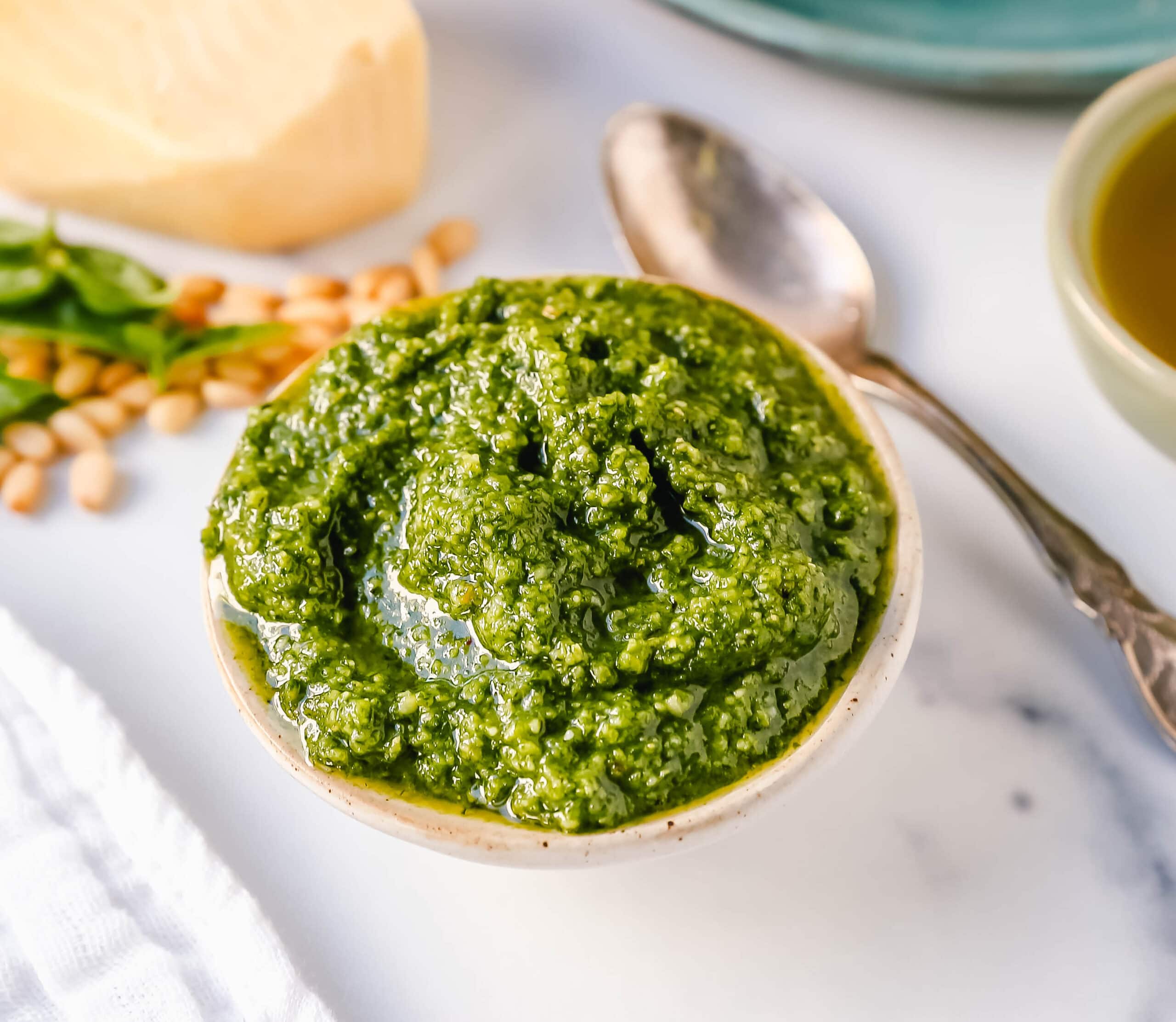
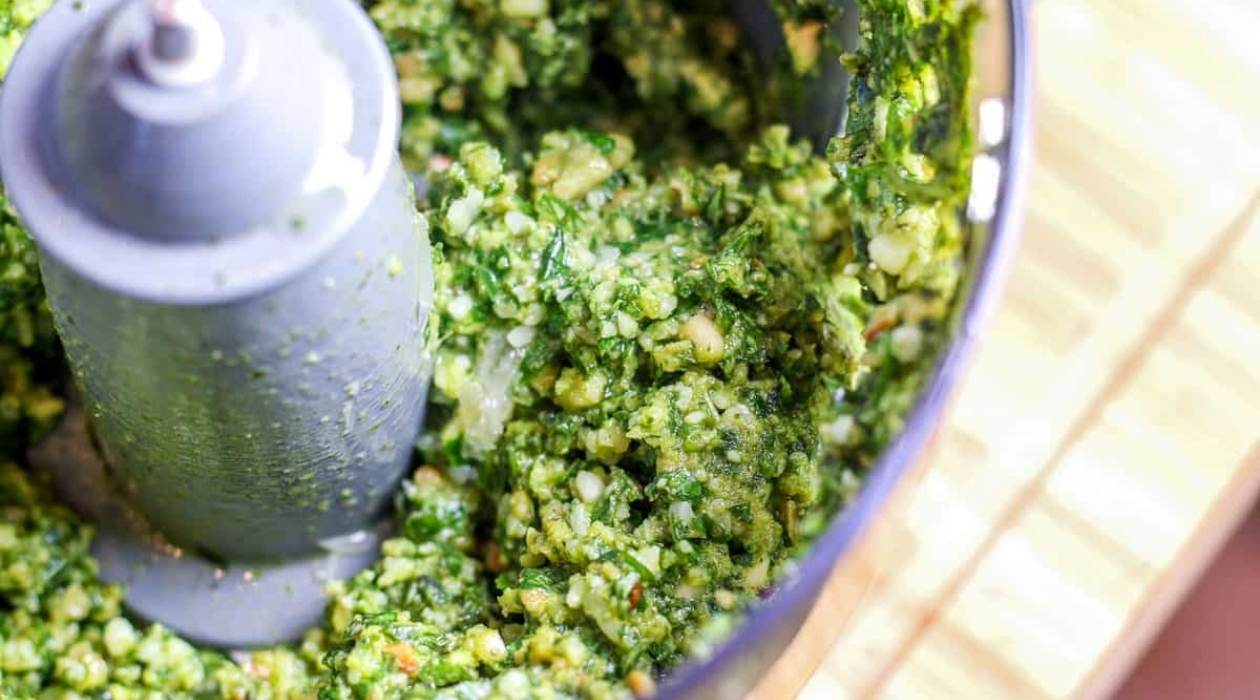
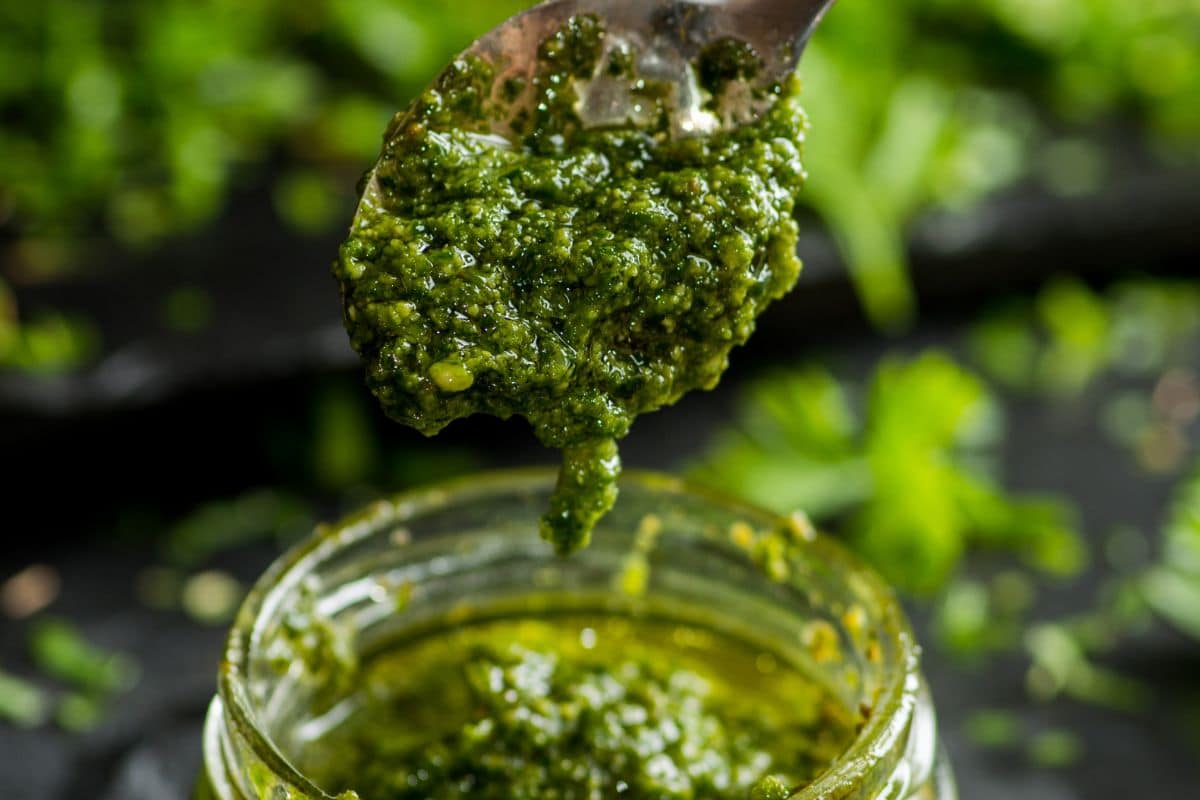
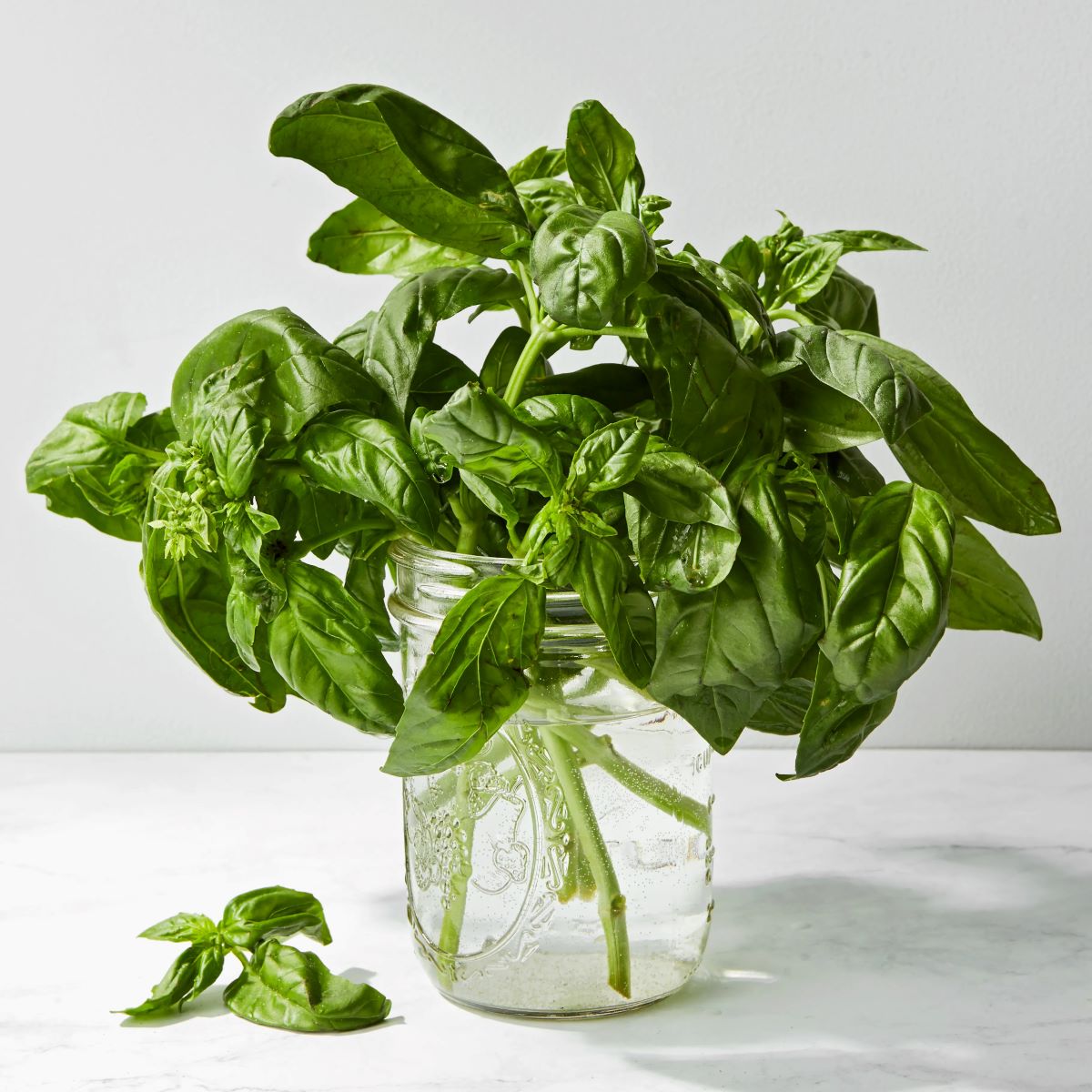
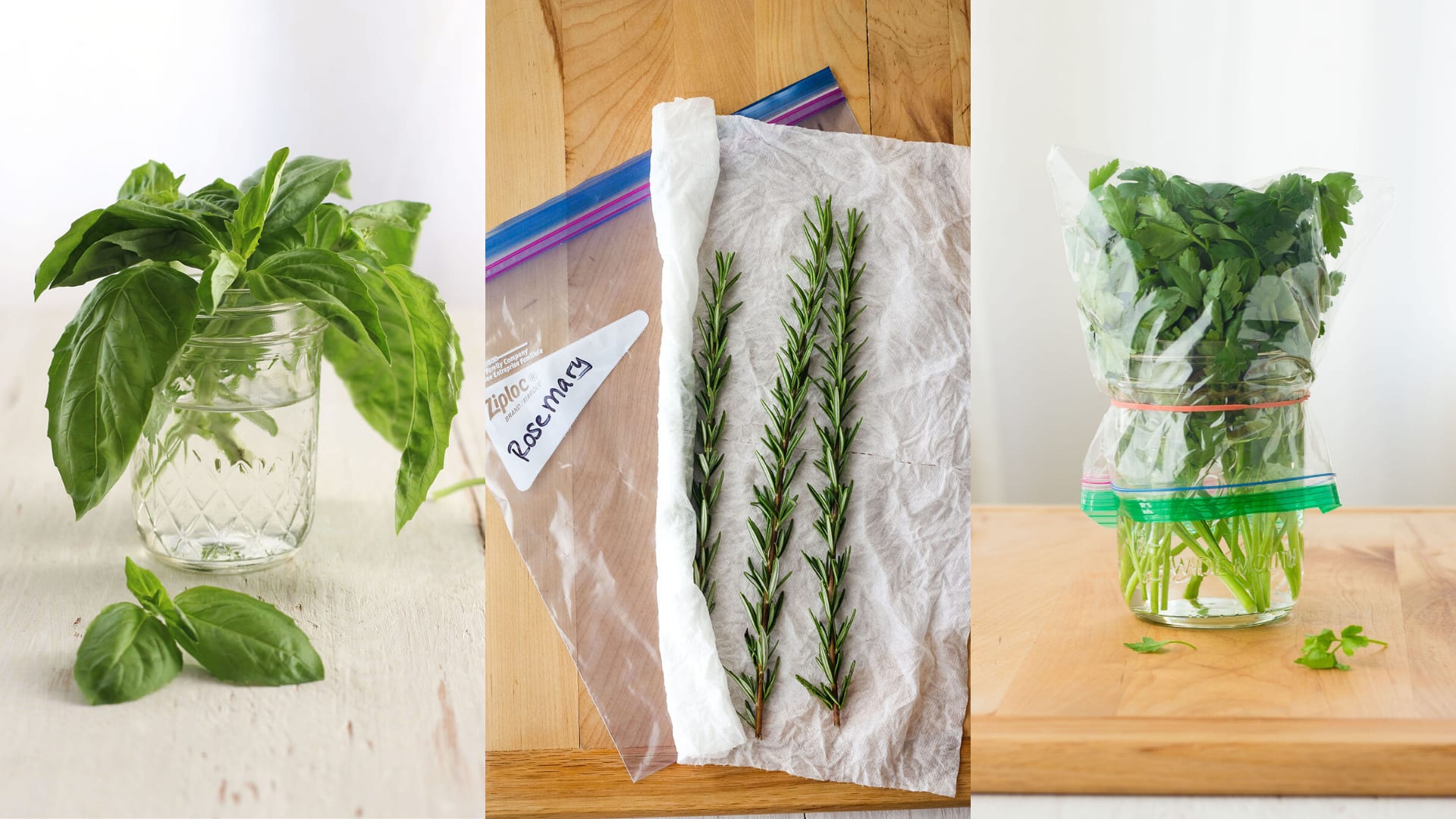
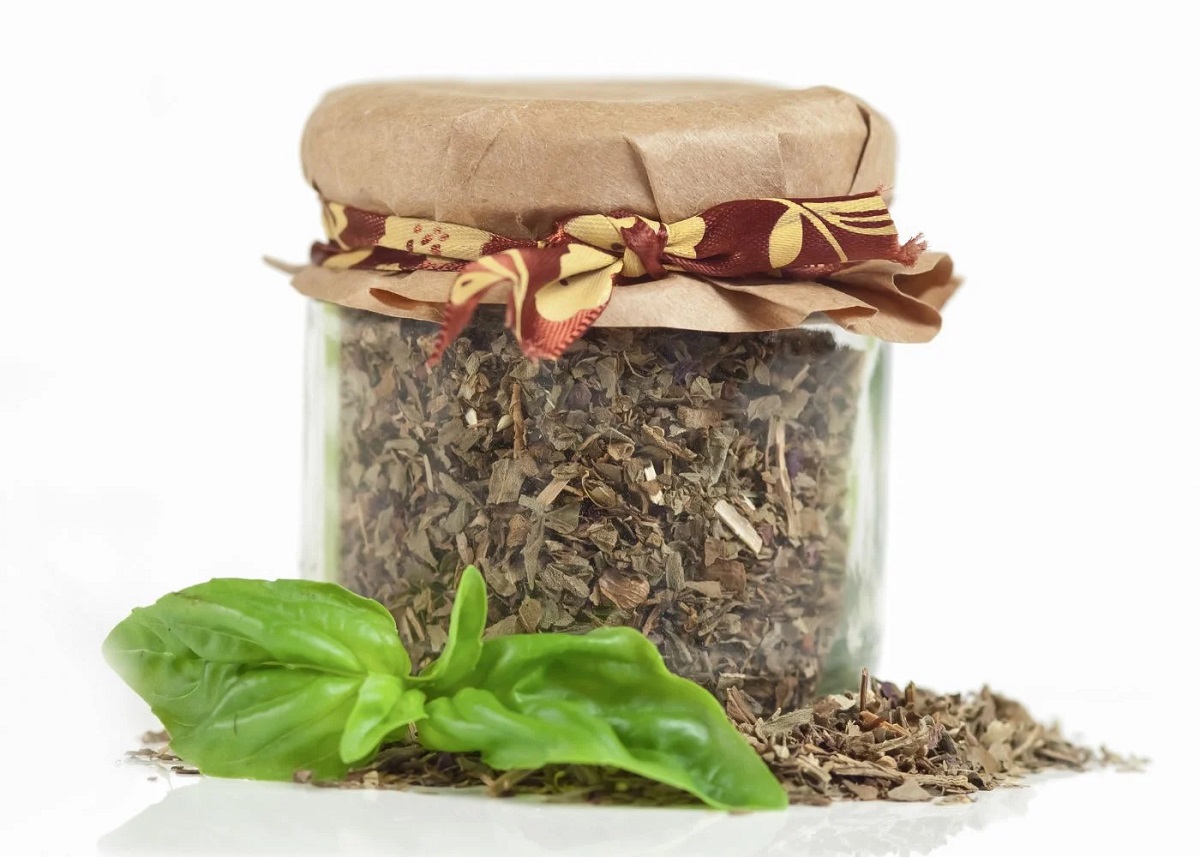

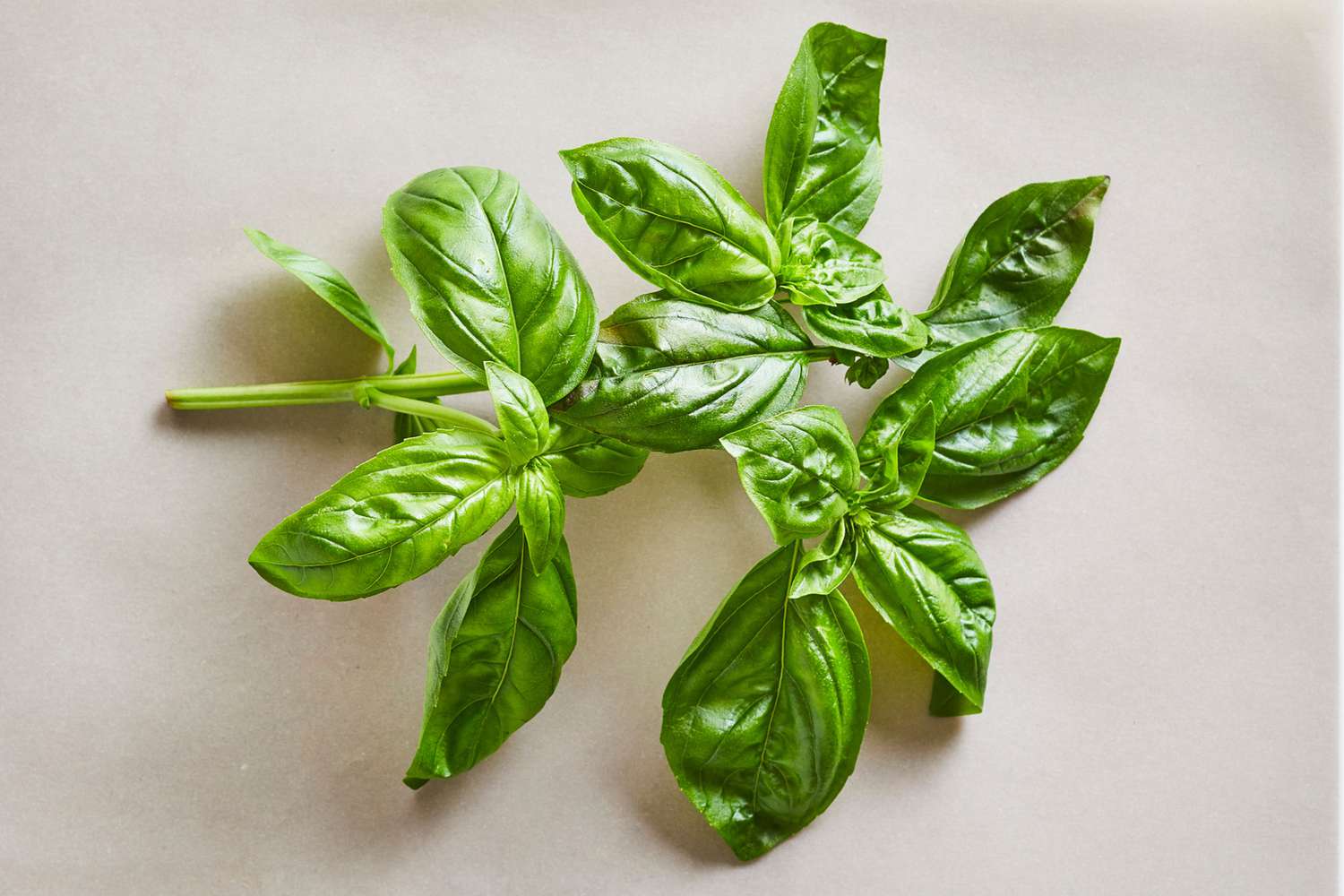
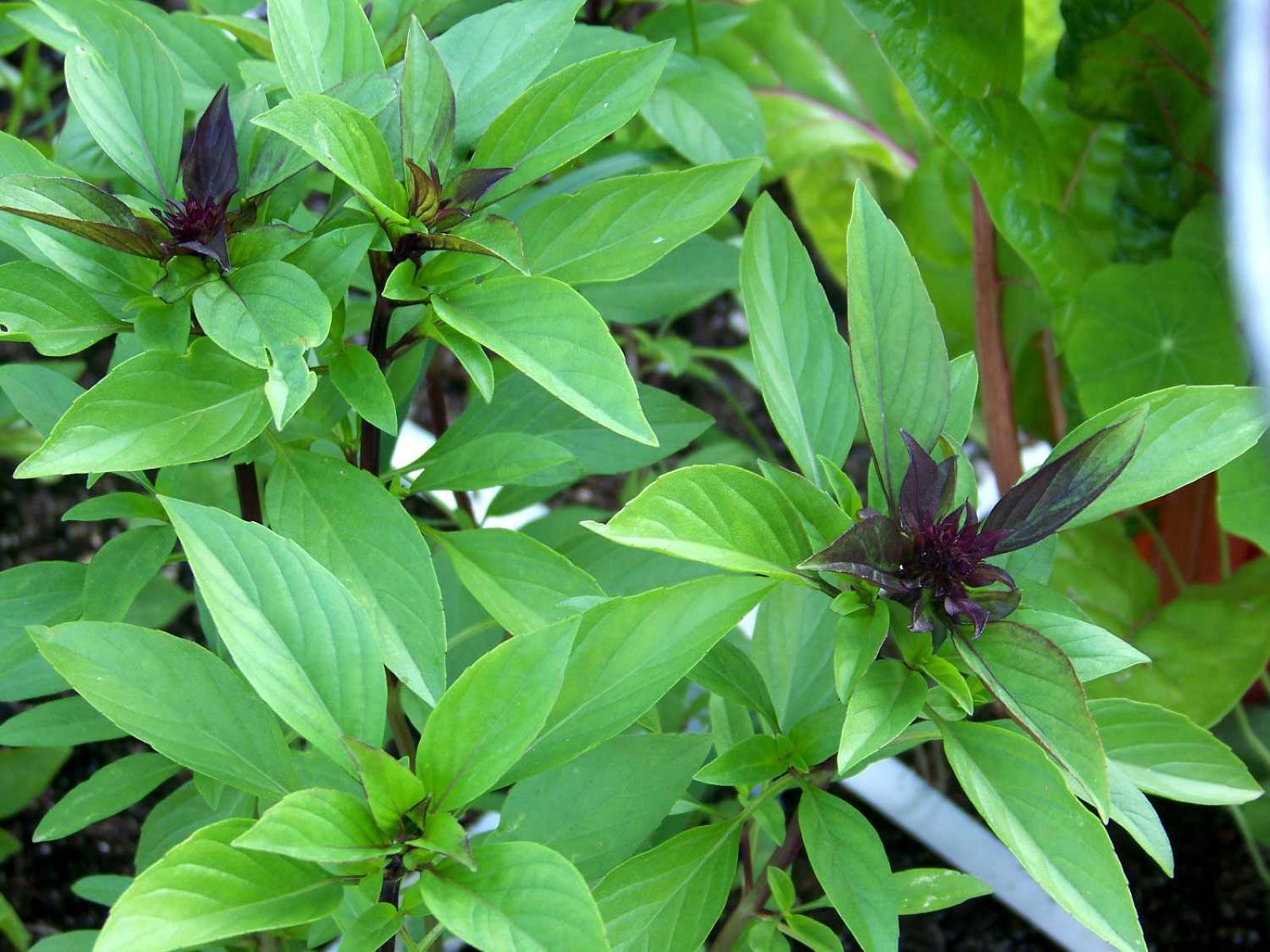
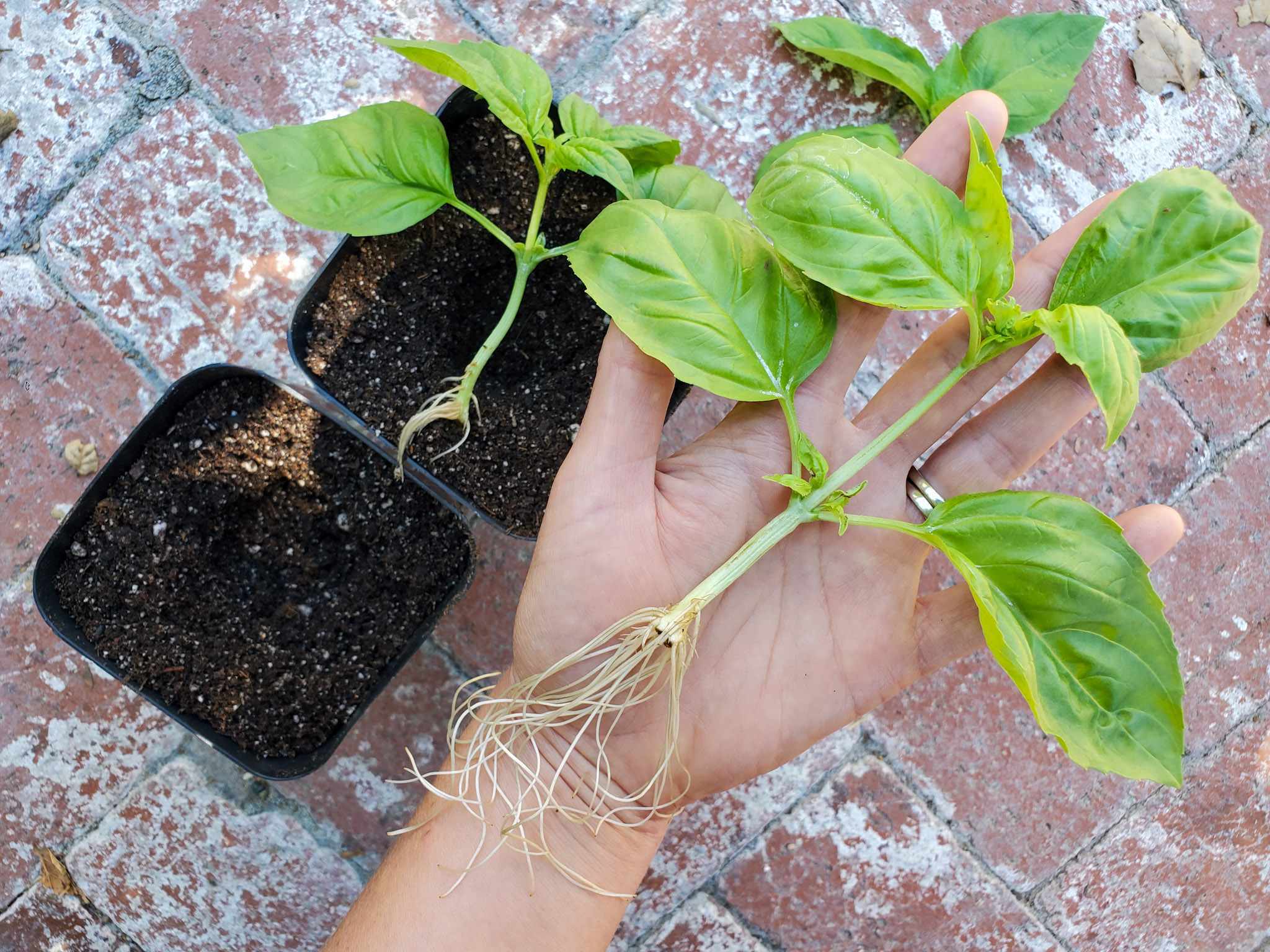
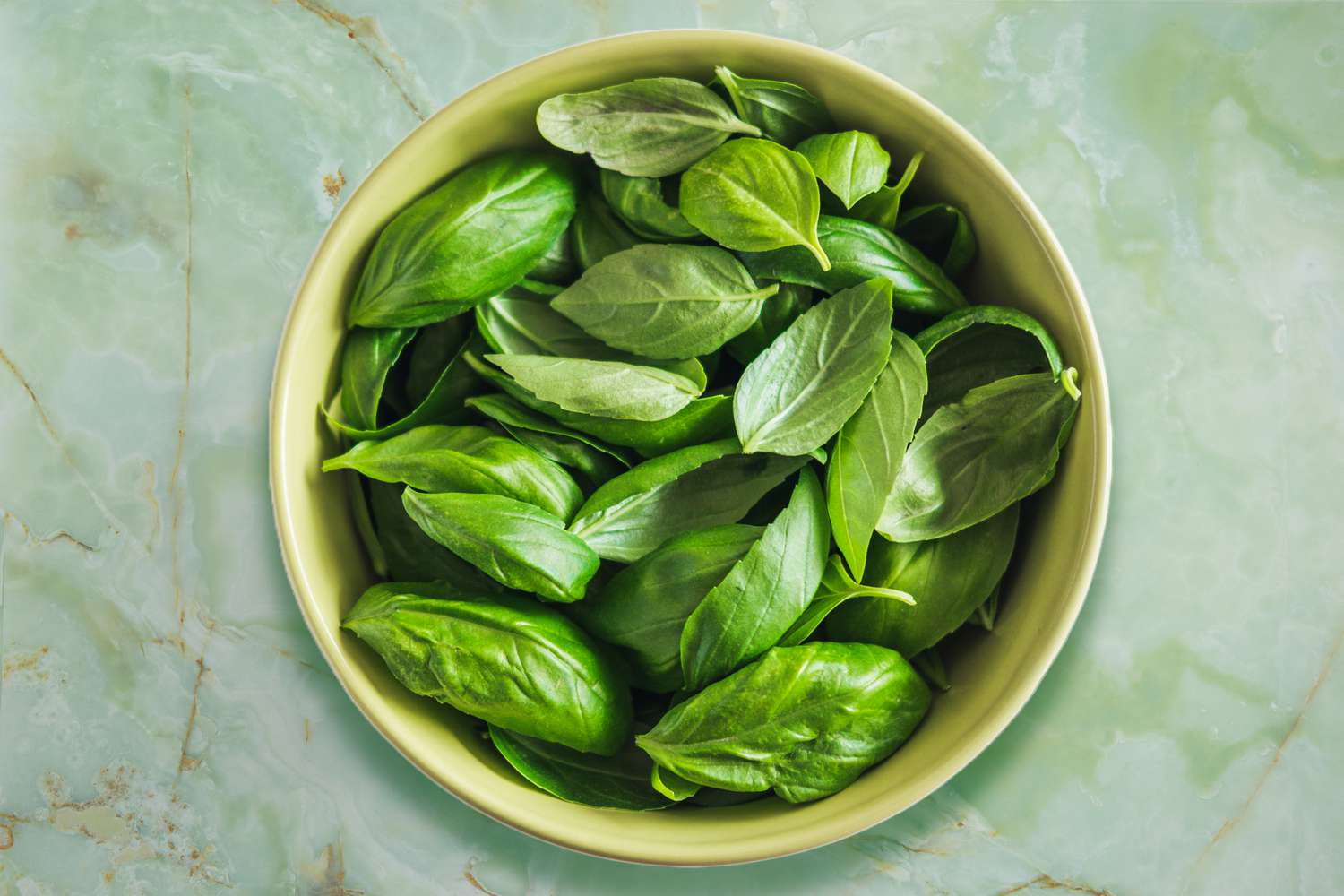

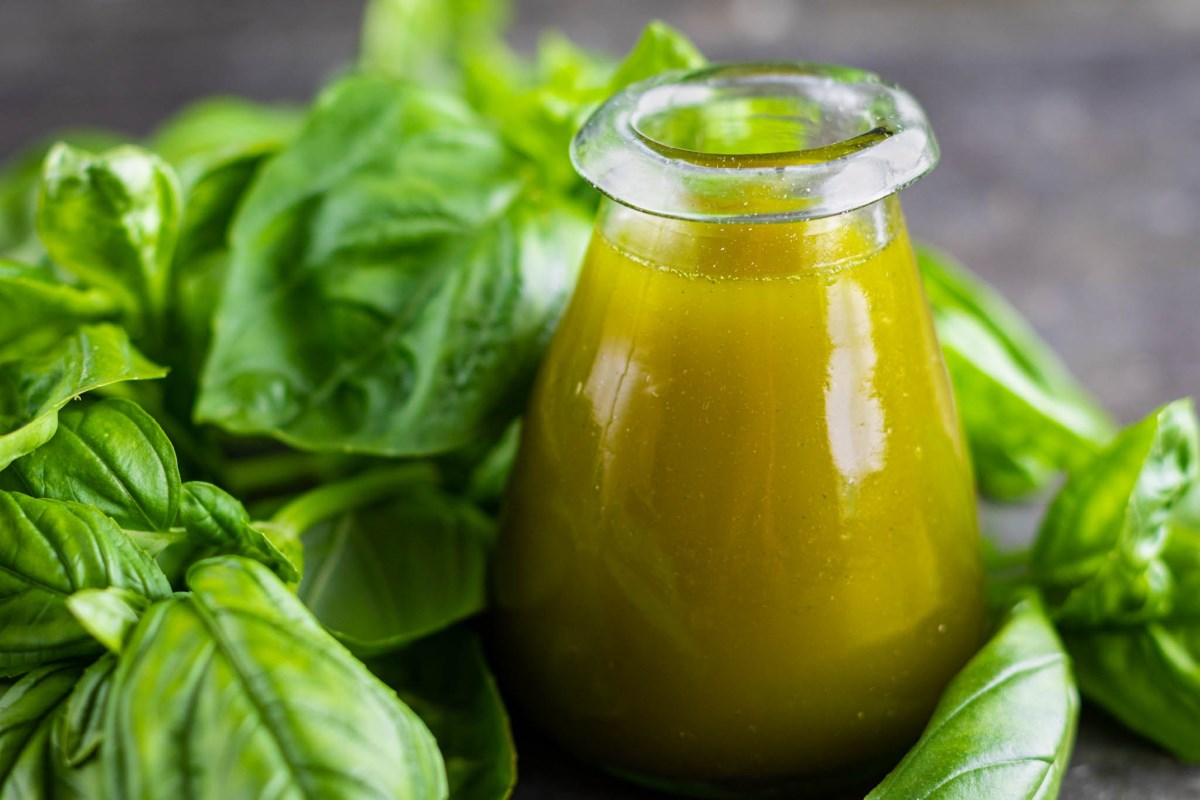
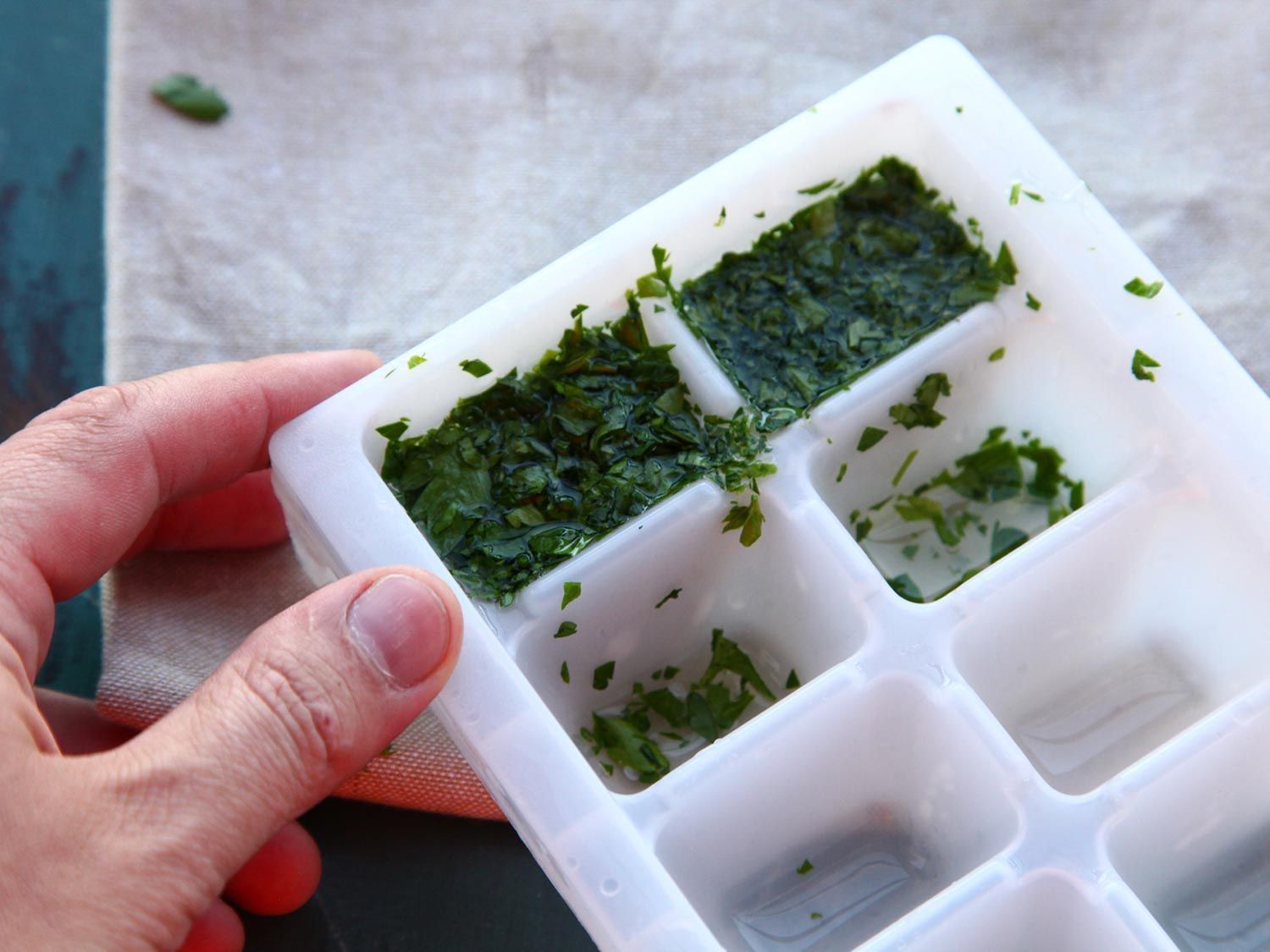

0 thoughts on “How To Store Basil Pesto”